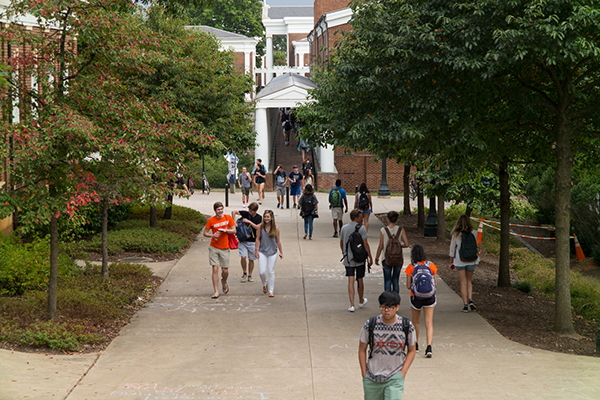Students and families should analyze the cost of attending a particular college. Cost of Attendance (COA) is the term used for the total of the direct and indirect costs of one academic year of undergraduate study at a college. It’s the maximum amount that a student would pay if no financial aid were available to defray the cost. It is often referred to as the college’s “sticker price”.
Understanding COA helps a student calculate the amount of savings, financial aid, and other sources of funds that will be necessary for them to attend a particular college. With this calculation, students are able to adjust the COA up or down to conform to their individual needs and preferences.
Colleges have been required to disclose their COA and provide a breakdown of their cost calculations since the enactment of the FAFSA Simplification Act of 2020. They must post this information on their website and include it on the financial aid award letters that they send to accepted applicants.
In understanding a college’s COA, it is helpful to break it down into its components, as follows:
Direct Costs: These are the costs paid directly to the college, including:
- Tuition: The amount owed to the college for classes, instruction, and other learning-related services. Some colleges charge a fixed tuition rate per student per semester and others charge on a per-credit-hour basis.
- Fees: These are charges to cover the costs for providing such services as those for the use of advanced technology equipment and laboratory fees. These fees vary widely from college to college.
- Housing: This is the charges from the college for living in a residential facility on campus. Different housing options will cost different amounts depending on the living space and amenities offered. The amount calculated in the COA will be the average cost of on-campus residential living.
- Meals: This is the cost of eating on campus. Colleges have diverse ways to charge for food. For example, some offer a number of meal credits for a fixed fee. Others charge per food item against an amount posted to a meal account held by the college. Again, the COA will include an average amount spent per student on meals in campus dining facilities, based on a survey of students.
- Health Insurance: Thisis required by colleges for students who cannot submit proof that their parent’s health plan provides adequate coverage for them. If required, health insurance premiums are billed directly to students. These premiums can cost several thousand dollars per year. The COA provides the cost of premiums for students required to have obtain coverage from the college.
Indirect Costs: These are variable but necessary costs that are not paid to the college. They are estimated based on an annual survey of students. Indirect costs are divided into the following categories:
- Textbooks are expensive. Costs vary by major. The COA includes the average amount spent on books and related electronic media content required for course work.
- Supplies are the materials required in the course of studies such as notebooks, paper, pens, protractors, graph paper, printer paper, and ink cartridges.
- Transportation includes the average costs borne by students for local mass transit or the out-of-pocket expenses associated with maintaining a car on campus. It also includes an estimate for trips home by a typical student with a permanent residence elsewhere.
- Dorm Equipment and Furnishings refers to the average expense of students in acquiring and maintaining a personal computer, printer, other peripherals such as a router/modem plus furniture for the devices. Also included are the costs of software and online services not provided by the college.
- Other Personal Expenses are those incurred on a voluntary basis by a typical student on campus. These include fees for activities such as intramural sports, performances, and similar expenses for entertainment and recreation.
Individualizing the COA
While colleges provide a single, standard COA, the actual COA for an individual student will vary. It’s advisable that students adjust the COA for their individual needs and preferences. Indirect costs vary widely based on many factors, including the academic year that the student is in, distance from the college, extracurricular activities, and major.
Students should understand the assumptions underlying the college’s standard COA and adjust it by factoring in their own circumstances, needs, and preferences. This will enable them to anticipate their actual expenses to the extent that they vary from the standard. Although indirect expenses can be difficult to predict, students should try to predict them. If they do so, they can determine the amount of funds that they will need from external sources in order to afford to attend a college.


Recent Comments